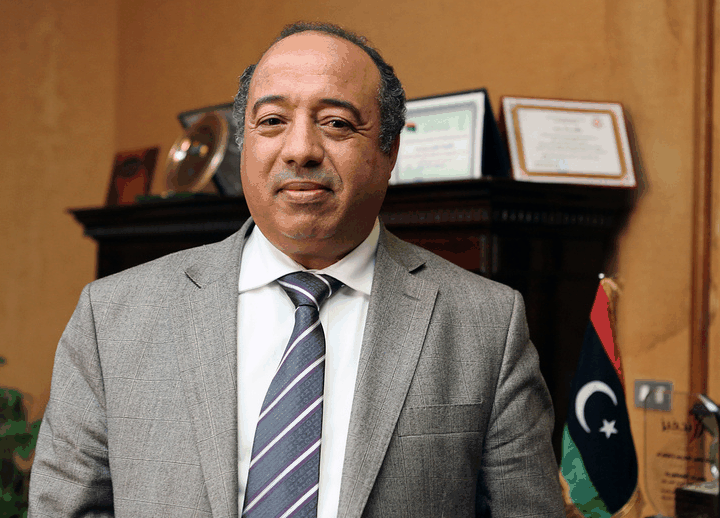Interview with Ahmed I. Rajab, General Manager of Jumhouria Bank, the largest bank in Libya. Re-published with permission from Marcopolis.
The International Monetary Fund Report stated that the central bank should make sure that the banks have sufficient capital to cover losses and continue lending during the reconstruction period. How is this actually being put in place? How are your balance sheets, what is the ratio of non-performing loans, the institutions that were active before the revolution, etc, and how is this contributing to the reconstruction taking place?
Jumhouria Bank is the largest bank in Libya and was the result of a merger between Al Ummah Bank and Jumhouria Bank. Now we have a total capital of about 1 billion Libyan dinar and total assets for 2012 of 33 billion Libyan dinar on the balance sheet and about 12 billion dinar off the balance sheet for a total of about 44 billion Libyan dinar.
Now we have a total capital of about 1 billion Libyan dinar and total assets for 2012 of 33 billion Libyan dinar on the balance sheet and about 12 billion dinar off the balance sheet for a total of about 44 billion Libyan dinar
For some loans that were already granted, either to the normal applicant or the public sector in the past, most of them, especially those granted to the public sector guaranteed by the Ministry of Finance and the banking sector in Libya, they have already received their money back. Just for some pending amounts which already should be resolved.
For the social loans which were already granted to regular people based on their salary, they have guarantees for each social loan by two people which already includes a government employee and their salary, make sure they would come to the bank. So for social loans we don't have any problems at all. For normal loans, we definitely had some loans before but especially for Jumhouria Bank the loans were fully provided by provisions and we don't have problems at all.
The figures for 2010 were already released and the general assembly meeting. We generated a net profit and distributed 11% dividend to the shareholders.
Jumhouria Bank is the largest bank in Libya with a large volume of assets and good profits especially for the potential market in Libya. This is especially true in 2010 based on a lot of contracts that have already been signed by the government and international companies, especially for construction and the infrastructure of the country.Jumhouria Bank Cashier
For Jumhouria Bank, we don't have any problems at all. At the same time, despite 2012 being just the first year after the revolution, we generated a net profit of 240 million Libyan dinar, which makes about 24% of the capital.





